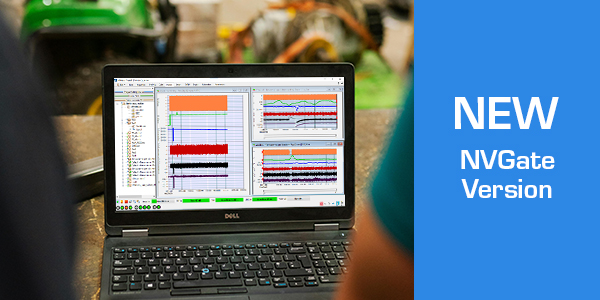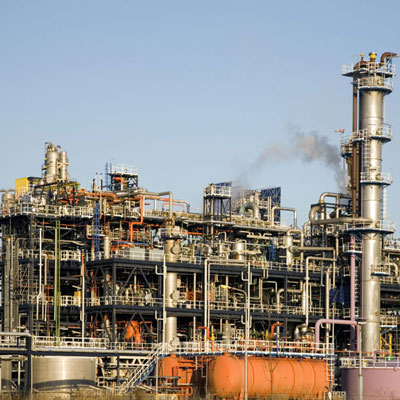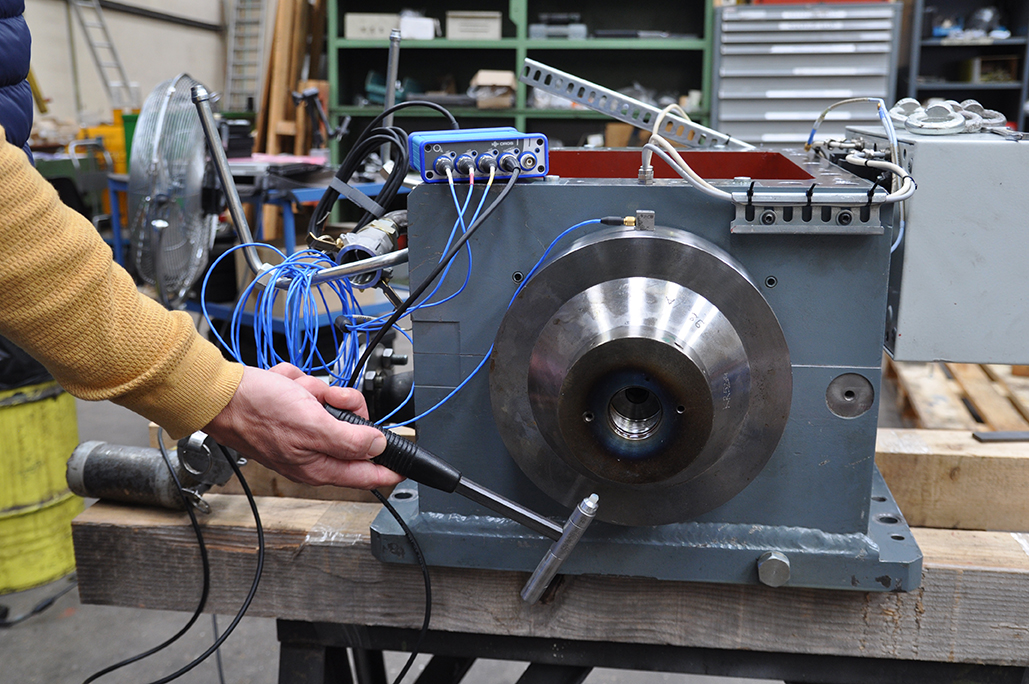Dynamic signal analyzer (DSA) is the common name for instruments that measure the frequencies distribution of mechanical signals such as noise, vibrations, stress et chocs generated by machinery’s rotation and their structural dynamics. It consist in:
- a hardware that include
-
- A front-end to condition and acquire the sensors’ signal through an analog to digital convertor (ADC) at a sampling up to 256 kS/s. To avoid the aliasing, a low pass filter reject the signal above the bandwidth before the conversion with a 24 bits resolution.
- A digital signal processing unit (Embedded DSPs or PC) to transform the time domain signals to spectral and order domains. All samples must be processed in real-time to avoid the incorrect results from the numerous filters.
- A Recorder to store the raw samples for post-processing purposes. Data are stored in a integrated disk or directly on the PC.
- A PC software, connected to the instrument to:
-
- Configure the acquisition and check the sensors’ signals, or load a recorded signal file for post-processing.
- Define the requested results and adjust the analyses’ parameters like resolution, bandwidth and average.
- Display the results of FFT, Order analysis, 1/n Octave, Time domain analyses.
- Export and report results to data base.




